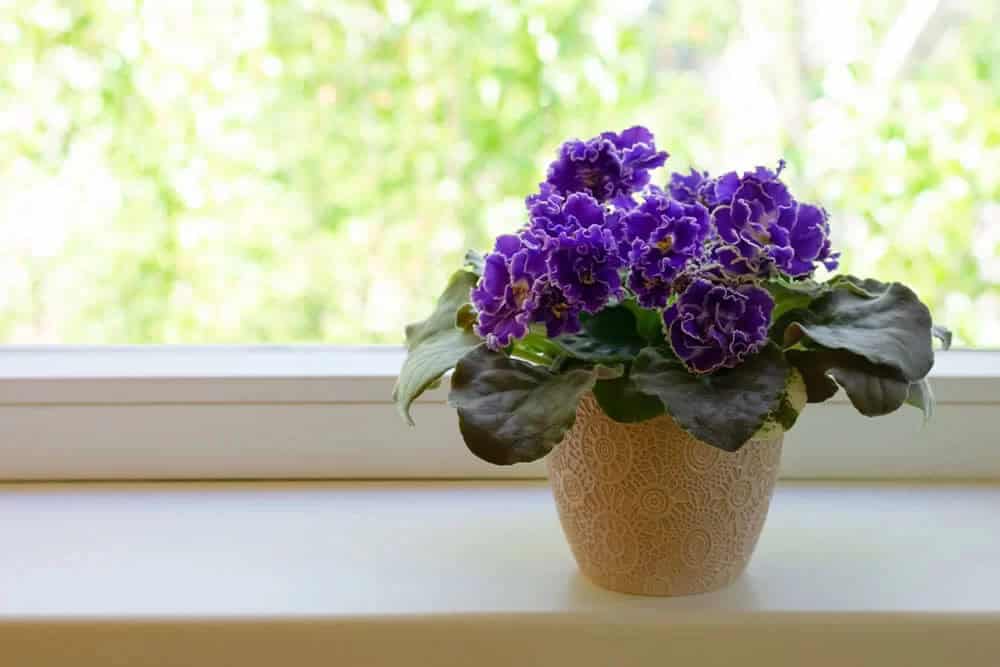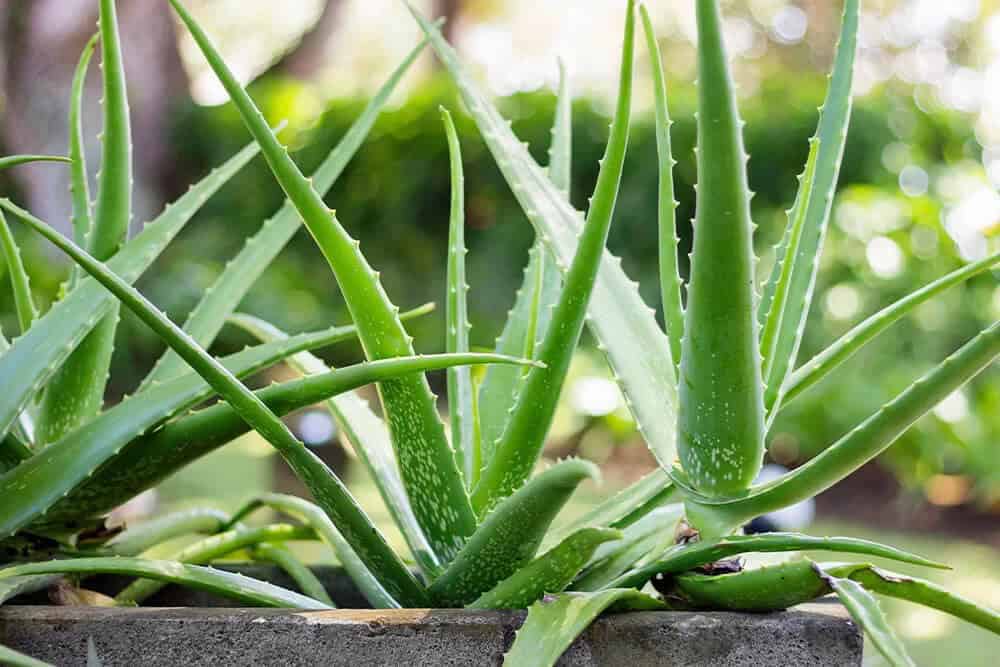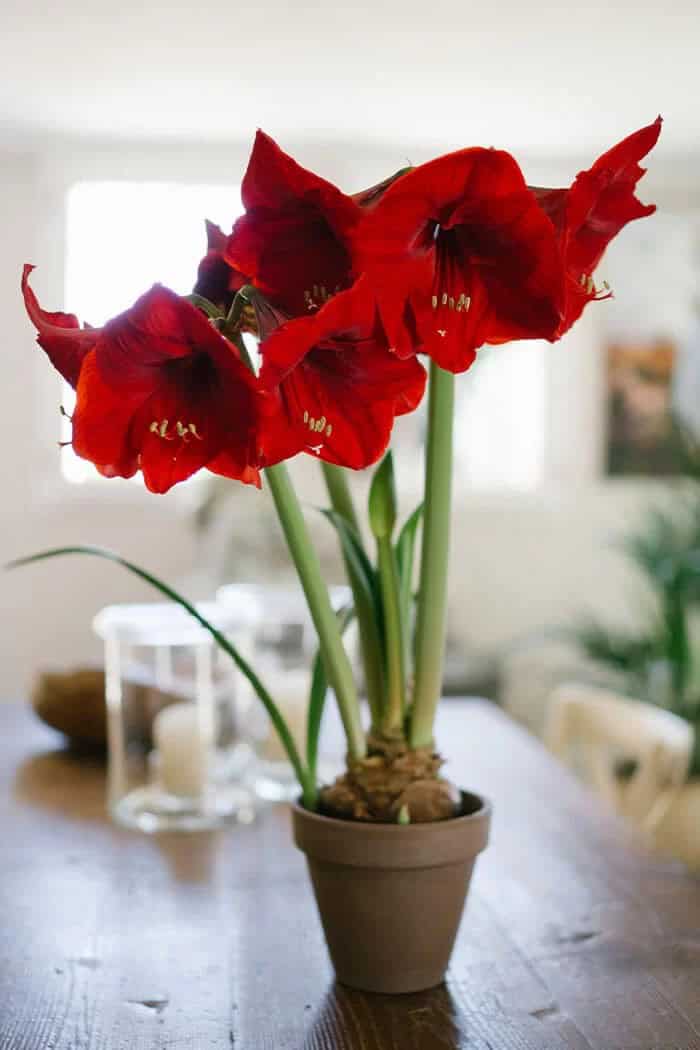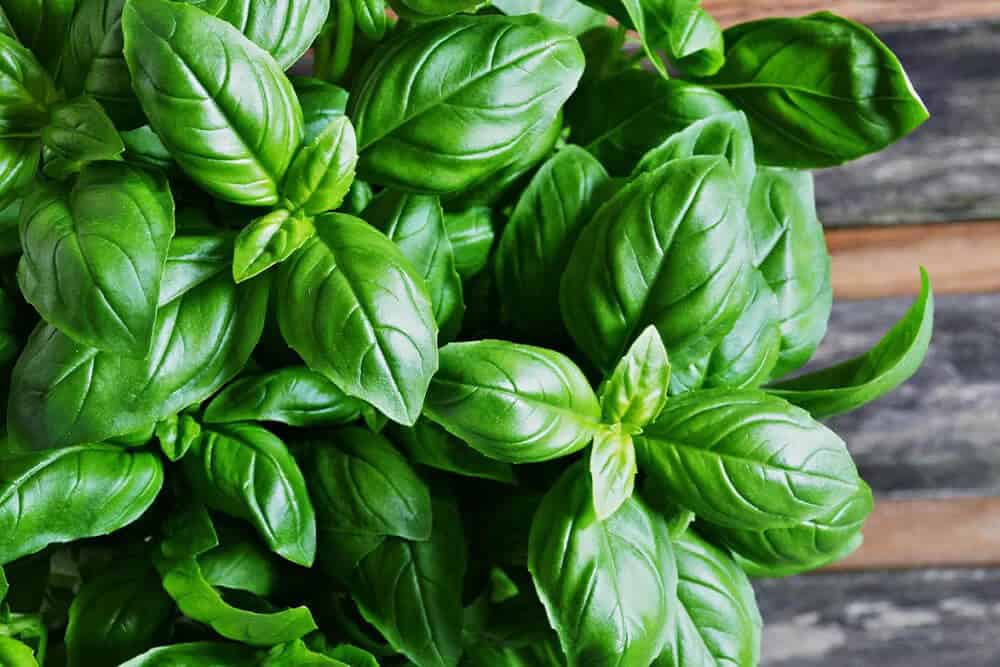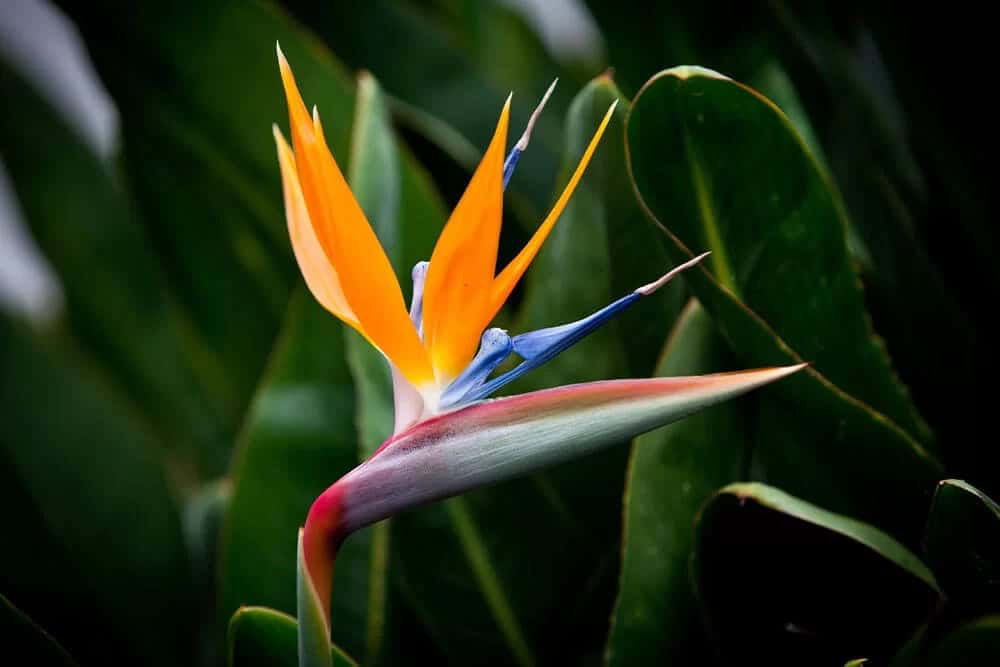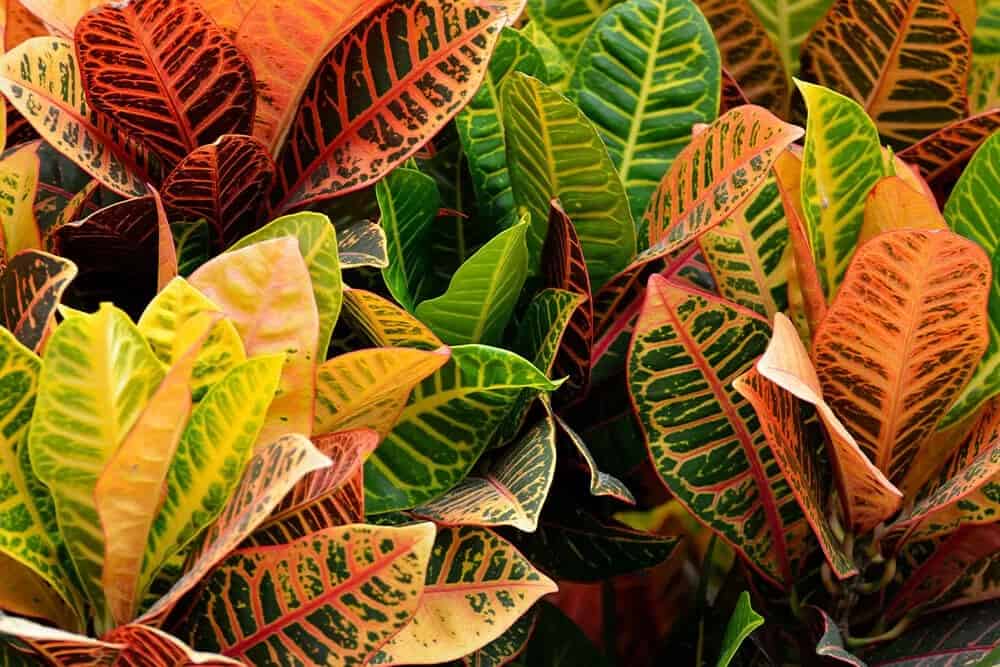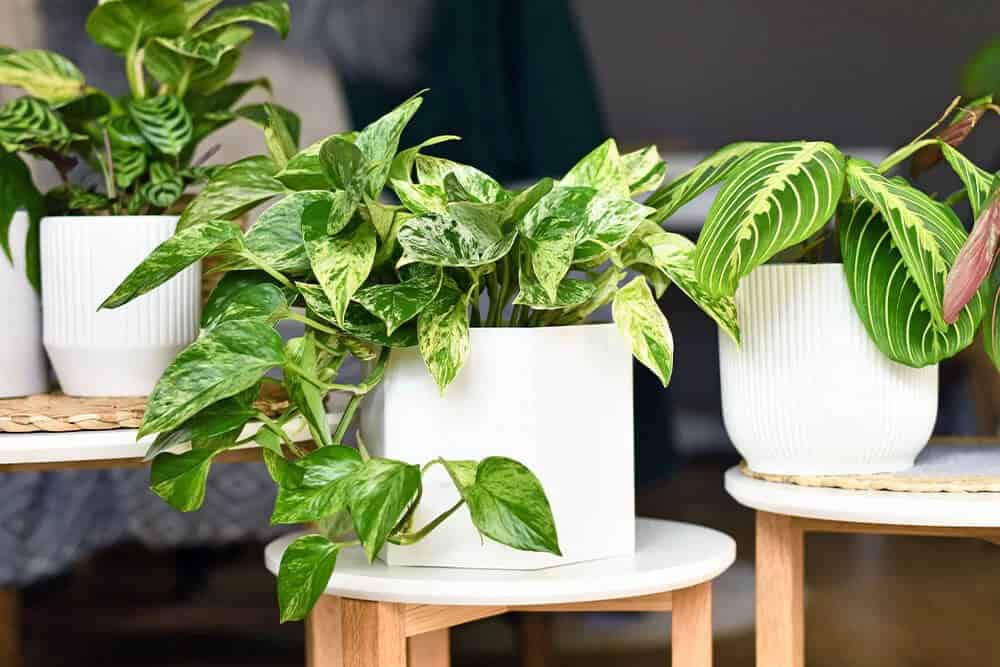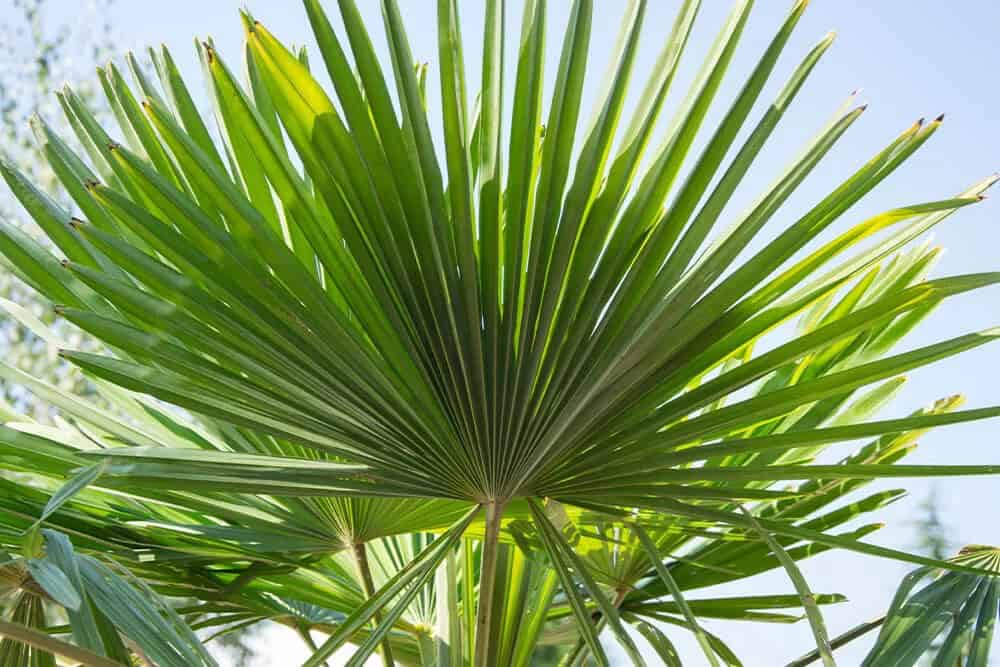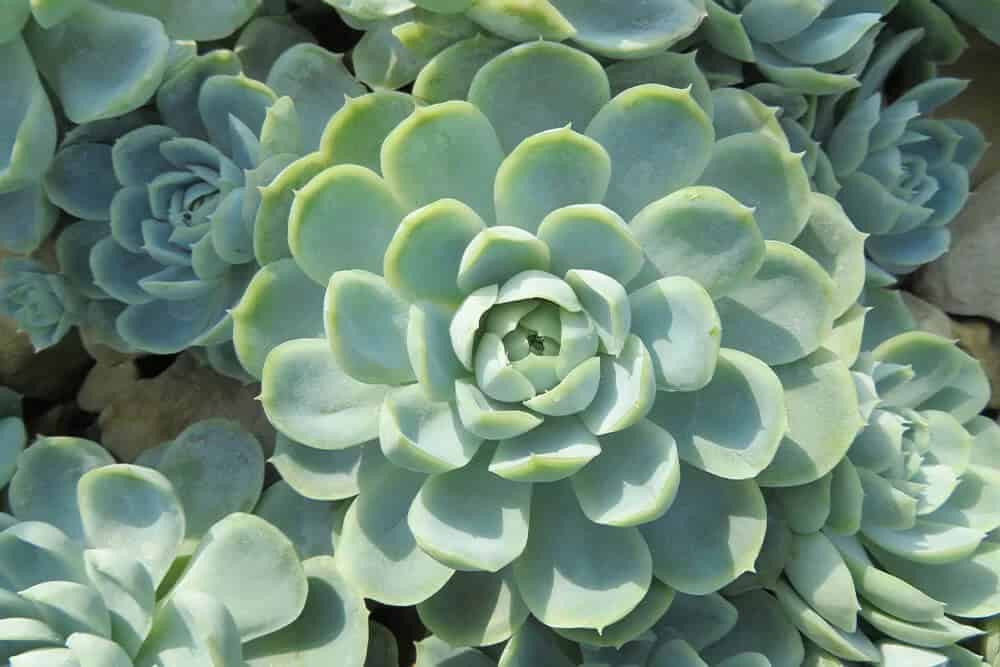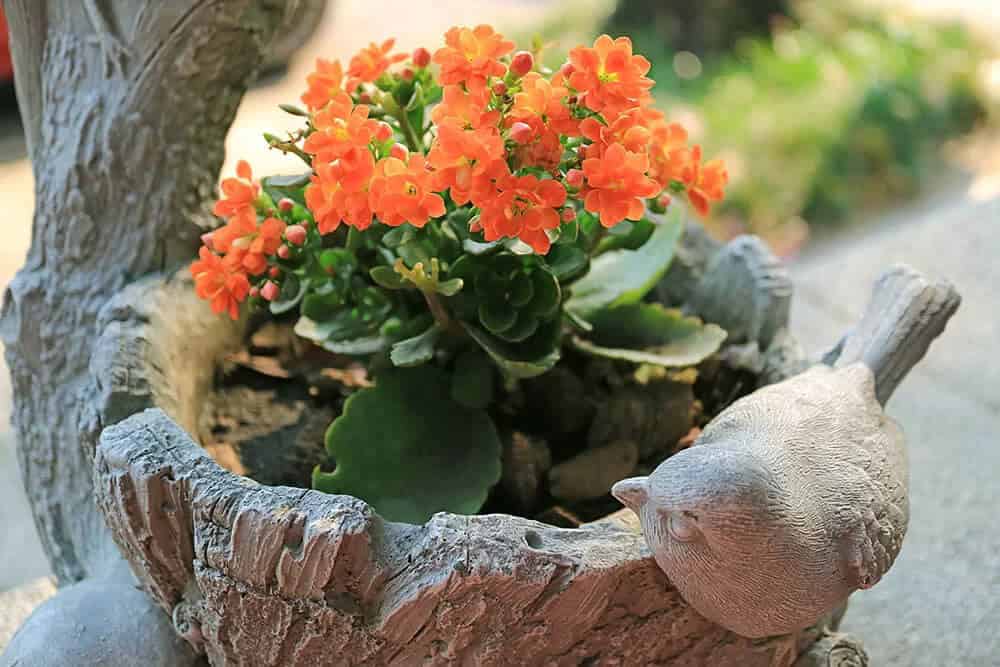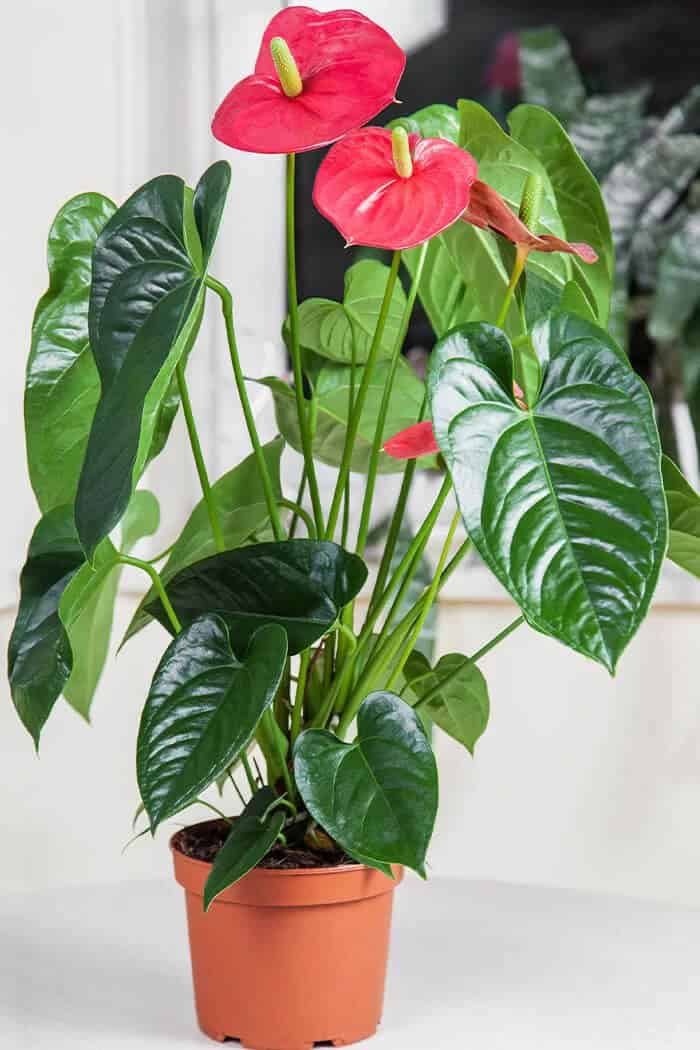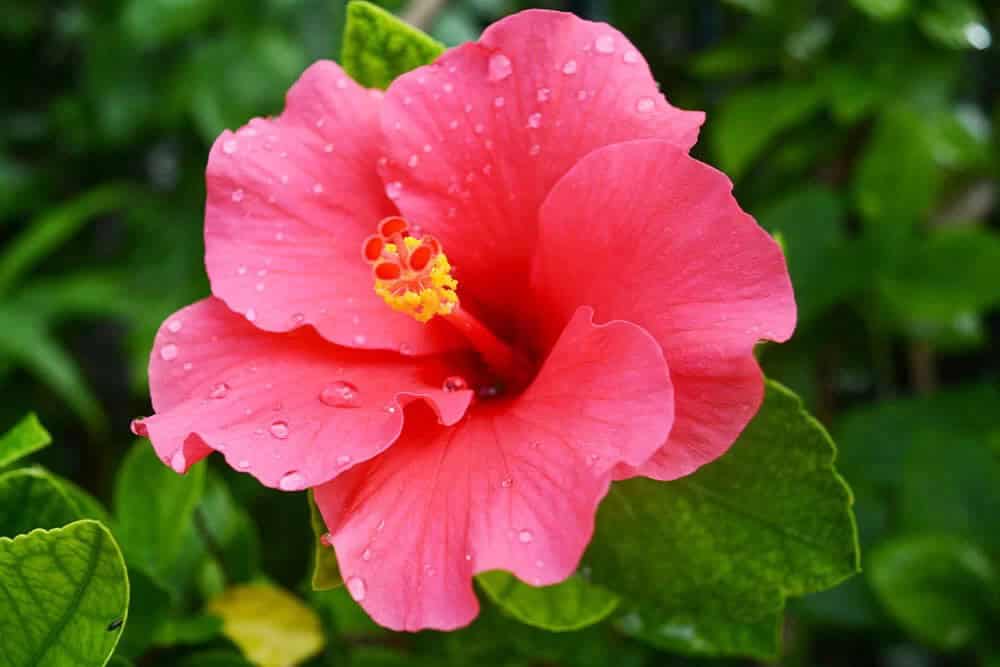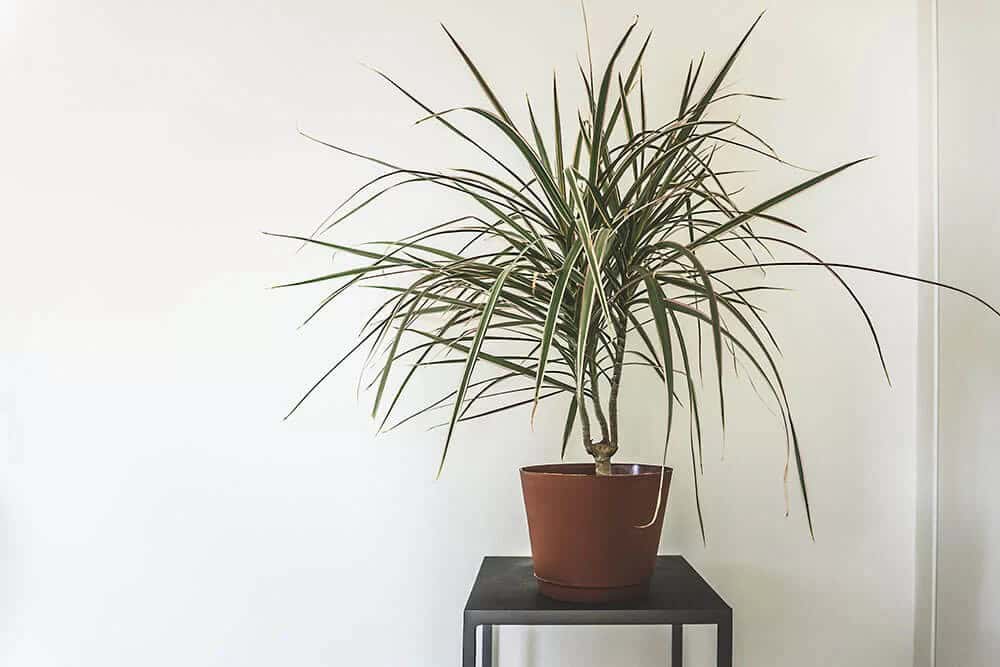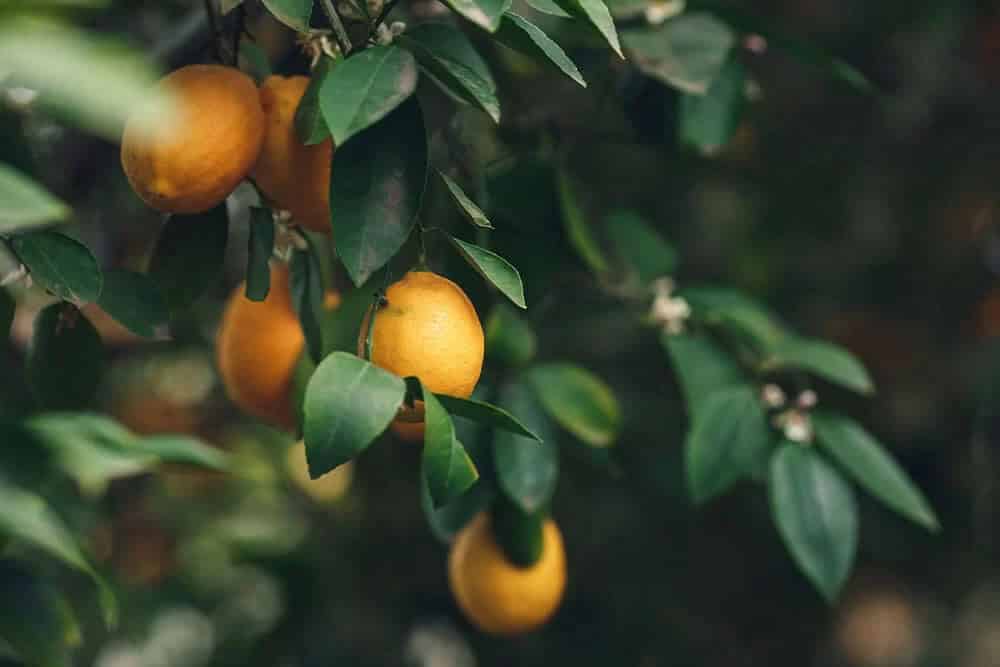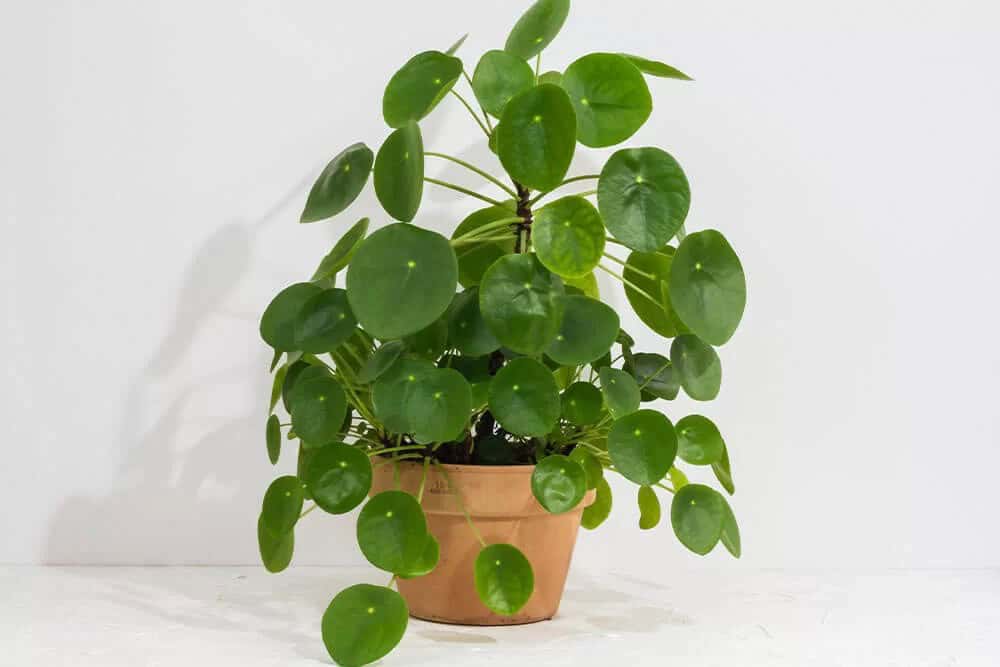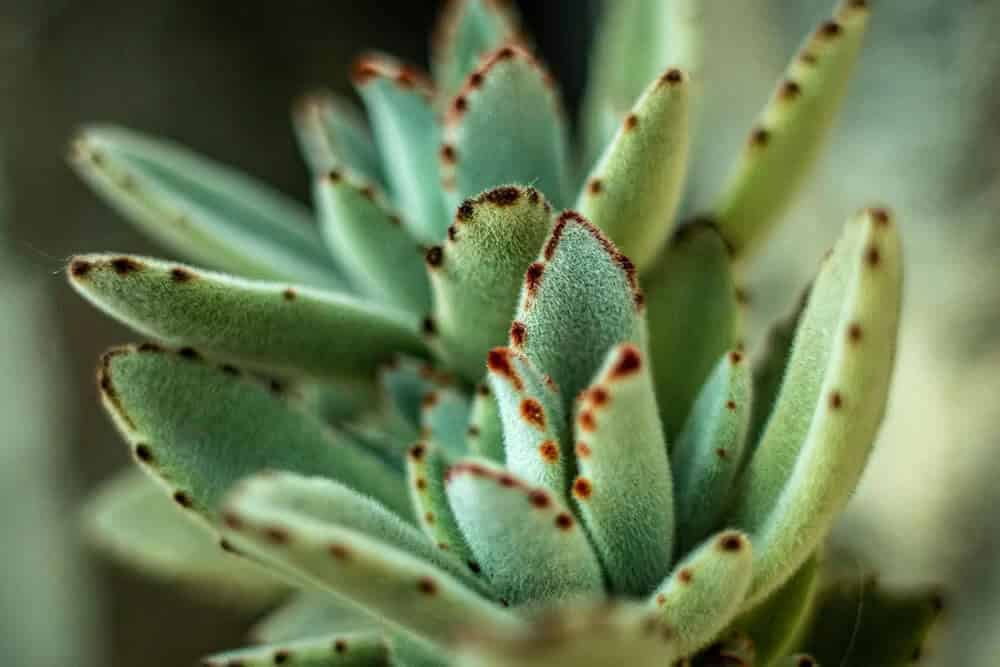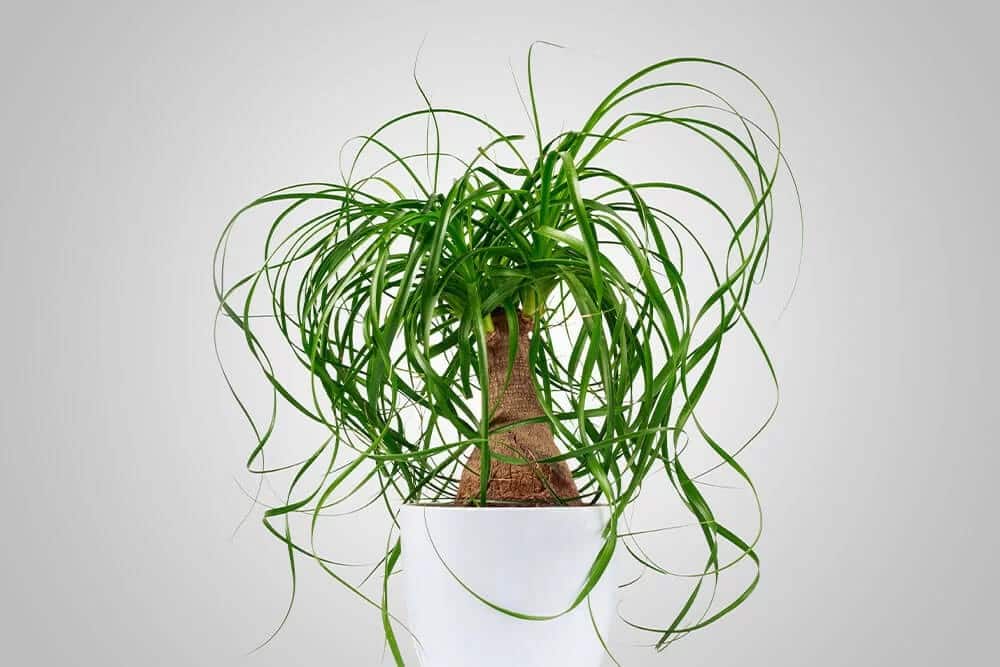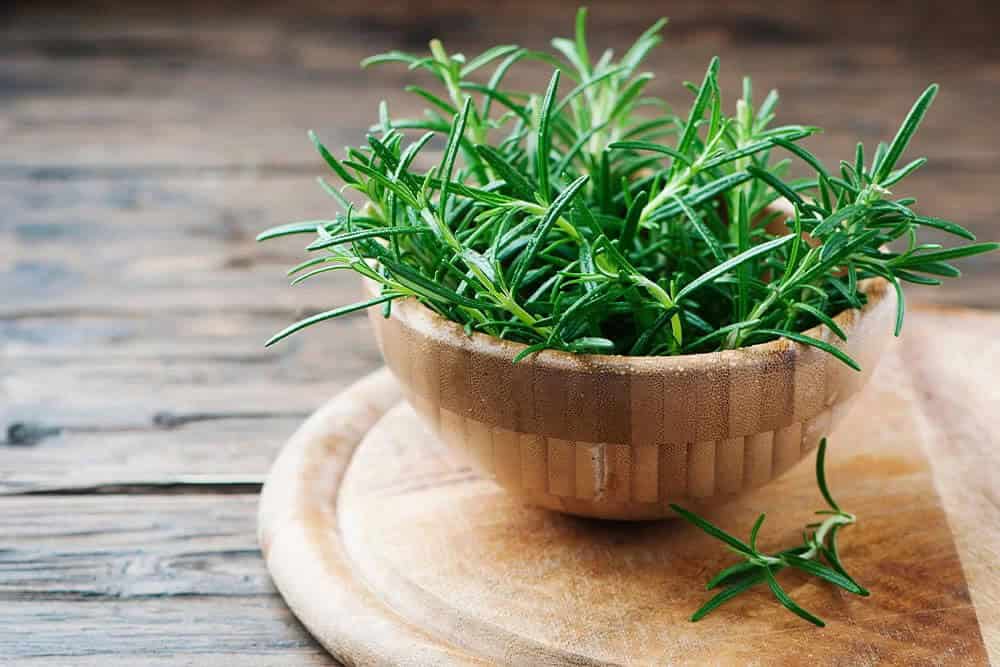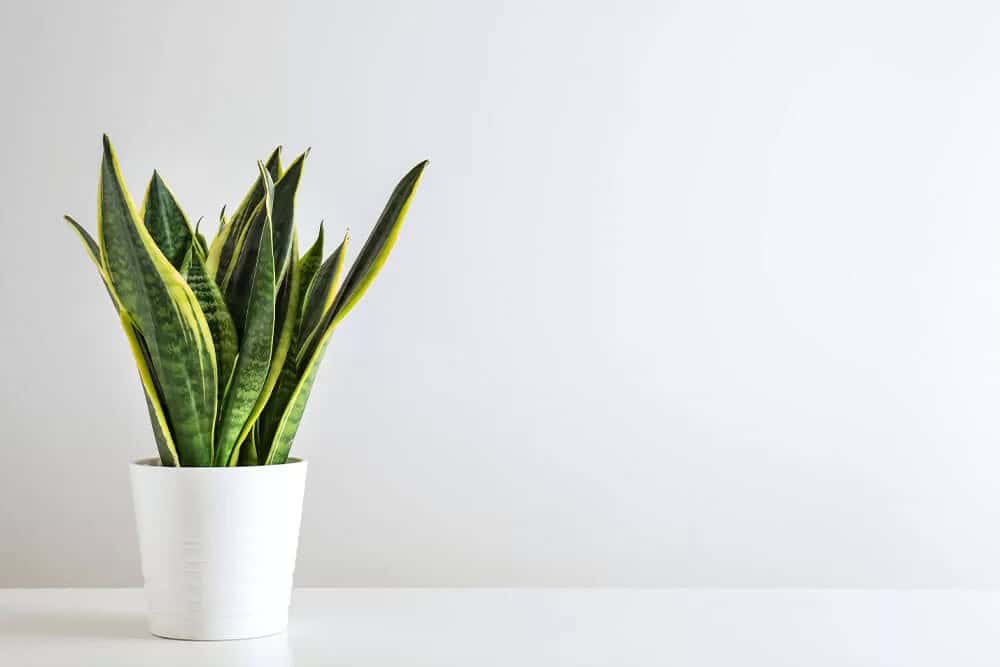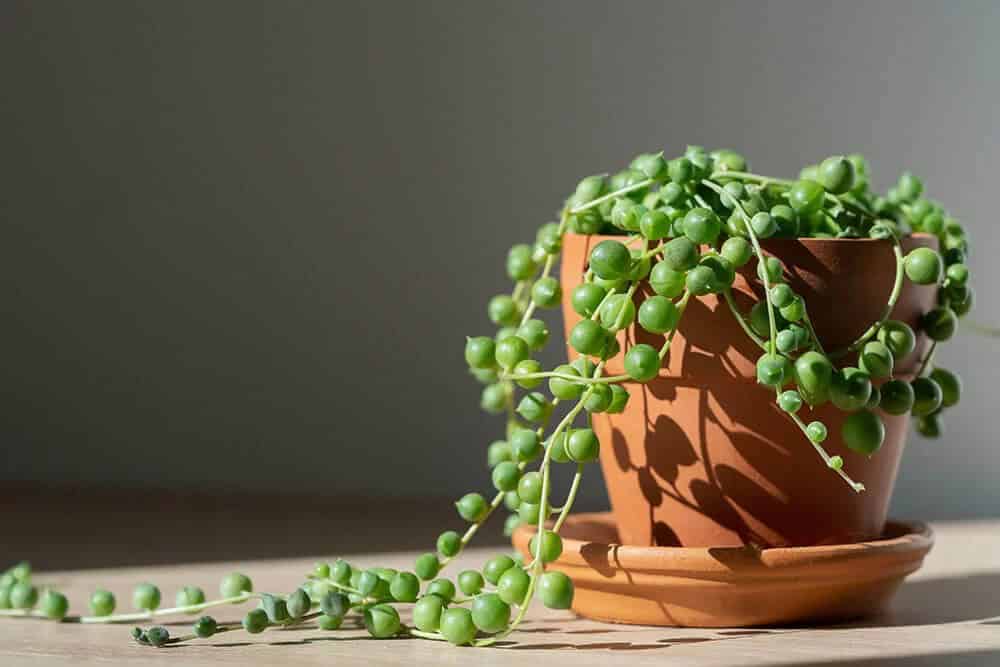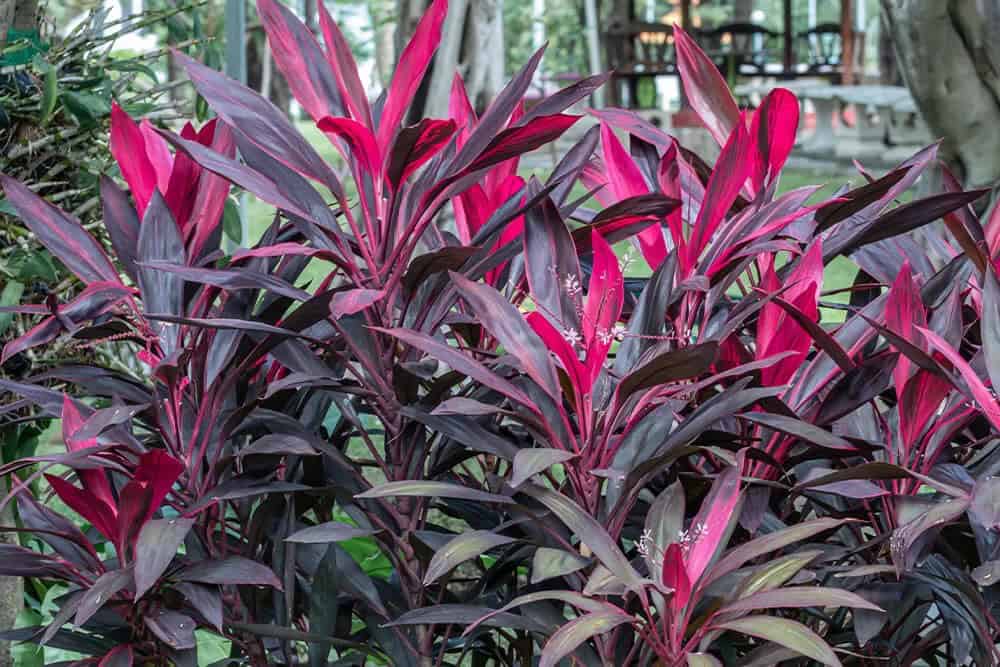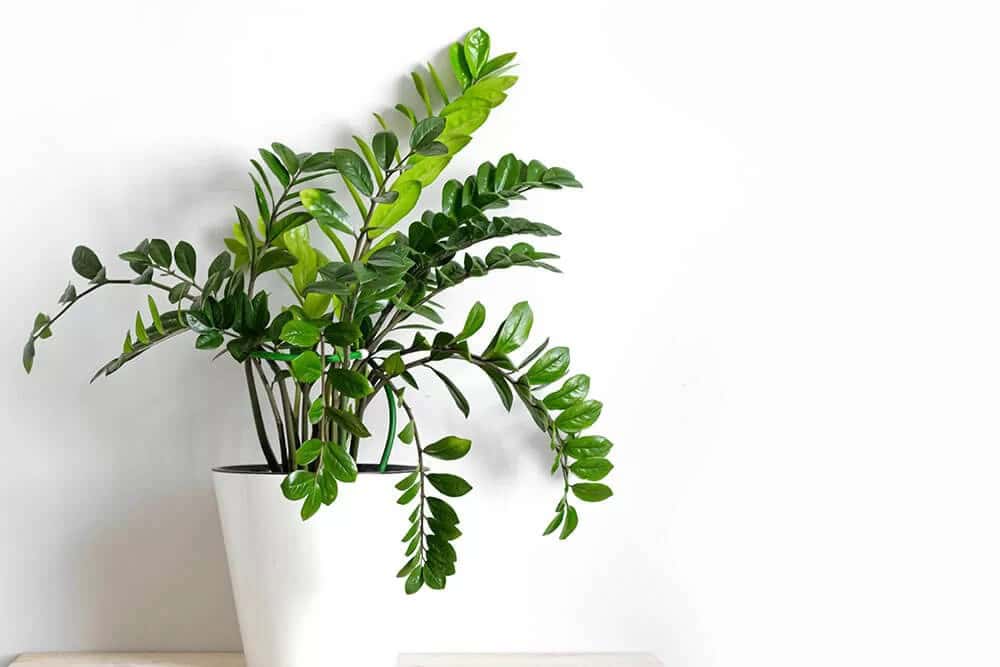For indoor gardeners, finding the perfect spot for their plants is often an obstacle. While some may struggle with insufficient sunlight, others have a surplus of rays streaming through their south-facing windows. However, this abundance of light poses its own set of challenges – many houseplants are simply not equipped to handle direct sun exposure all day long.
That’s why we’ve compiled a list of the most resilient and stunning plant species that can thrive in these conditions, providing you with the ultimate guide for growing your indoor garden. From lush greens to vibrant blooms, discover the top sun-loving plants that will brighten up any room.
Key Takeaways
While the following list of plants for south-facing windows will provide a concise overview of each species’ most striking ornamental features and essential care requirements, it’s worth noting that some key takeaways emerge from this compilation. Specifically, these five commonalities can be applied to the entire group: The plants on this list may thrive in areas with reduced light exposure. Many of them boast vibrant flowers and foliage. Both decorative and edible varieties are represented.
The types of plants range widely, encompassing trees, herbs, vines, and more. Lastly, even well-suited plants can suffer from sun damage if not properly cared for.
29 Sun-Loving Types of Plants for South-Facing Windows that Look Amazing
African Violet (Saintpaulia ionantha)
While small in stature, African violets make a big impact when they’re in bloom. The clusters of deep purple flowers with tiny yellow centers are sure to draw your attention every time you enter the room. What’s more, these compact plants are easy to care for and thrive in containers that fit into tight spaces.
Unsurprisingly, given their origins in hotter climates, African violets are well-suited to areas with high sun exposure, such as south-facing windows, where they’ll not only survive but flourish.
Aloe Vera (Aloe vera)
Aloe vera’s effortless growth and stunning appearance have made it a favourite among succulent enthusiasts. The plant’s striking foliage, characterized by long, pointed leaves filled with a potent healing gel, has garnered widespread popularity. While aloe vera is accessible in many convenience stores, its growth is directly impacted by sunlight availability. To optimize its performance, consider placing the plant in a south-facing window, where it can bask in the necessary rays and thrive.
Amaryllis (Amaryllis)
Amaryllis stands out as one of the most impressive indoor plants for its striking flower displays. Characterized by a sturdy, upright stem, this sun-loving plant’s crowning glory is a vibrant floral crown at the apex. The flowers themselves are a stunning sight, often boasting a bold solid color in shades of red or pink. But what truly sets amaryllis apart is its propensity for two-toned blooms, which can combine pink, white, and red hues to create a truly breathtaking spectacle.
Basil (Ocimum basilicum)
Imagine being able to snip fresh herbs from your very own windowsill garden, without having to sacrifice precious outdoor space. It’s entirely possible! Certain herbs, like basil, thrive in south-facing windows and can be coaxed into producing an abundance of flavorful leaves. Within a remarkably short period, you’ll be harvesting rounded green leaves that can be chopped and added to pasta dishes, sauces, and more.
But even if you don’t plan on using your basil for culinary purposes, its striking foliage will still provide a lovely visual display to enjoy.
Bird of Paradise (Strelitzia reginae)
The group of plants that thrive in south-facing windows is home to some truly stunning flowers, including the show-stopping bird of paradise plant. Whether grown indoors or outdoors, this captivating bloomer is renowned for its breathtaking beauty. Standing relatively tall with a compact spread, the bird of paradise features large, oval-shaped leaves that provide a striking backdrop for its pièce de résistance: the vibrant, bird-like blooms.
Each flower is a masterpiece of color and form, with petals arranged in a remarkable likeness to a bird’s head.
Chinese Fan Palm (Livistona chinensis)
While palm trees are often associated with warm and sunny climates, many varieties can also thrive in indoor settings. In fact, there are numerous species of palm trees that can grow well in south-facing windows, where they’ll receive ample sunlight. One advantage of growing palm trees indoors is that many species remain compact, unlike their larger counterparts found outdoors. The Chinese fan palm tree is a great example of this.
It’s small enough to thrive indoors, loves basking in the warmth of sunny windows, and produces large, fan-shaped fronds that can add a touch of tropical elegance to your indoor garden design.
Croton (Codiaeum variegatum)
While flowers often get all the attention when it comes to a plant’s aesthetic appeal, the leaves of many indoor plants can be just as striking. In fact, certain species like croton plants show that a plant’s color palette doesn’t have to be limited to blooms alone. The large, leathery leaves of a typical croton plant are a prime example, often featuring a vibrant primary color accompanied by an accent hue that runs along the leaf’s veins, creating a beautiful, multi-hued effect.
In the case of crotons, this means you might see a bold yellow or orange base with dark purple accents, adding depth and visual interest to the overall design.
Devil’s Ivy (Epipremnum aureum)
When it comes to plants that can tolerate low-light conditions, the Devil’s ivy plant is a popular choice. However, what many people don’t realize is that this versatile species can actually thrive in a wide range of light exposures, from partial shade to full sun. In fact, with proper care, Devil’s Ivy can even survive in a south-facing window that receives direct sunlight for several hours a day.
Beyond its ability to adapt to different lighting conditions, this fast-growing vine is also known for its attractive foliage. The leaves are shaped like a loose heart and often feature a variegated color pattern, adding visual interest to any room.
Donkey’s Tail Plant (Sedum morganianum)
The donkey’s tail plant showcases another instance of succulent species’ adaptability to thrive in south-facing windows. One of its most striking features is its unconventional growth habit, which leads to a mesmerizing display when grown in containers. As this plant grows, it tends to cascade over the container’s edges, its trailing foliage forming a dense, rope-like structure that exudes tactile appeal.
Over time, these appendages will continue to develop and elongate, further amplifying the visual impact.
Dwarf Palmetto (Sabal minor)
Palm trees offer gardeners a multitude of options for growing plants in south-facing windows. Among these, the dwarf palmetto stands out with its stunning fan-shaped fronds that are both large and visually appealing. As its name suggests, this species is compact, thriving in containers and unlikely to outgrow your indoor space. Typically, it reaches only a few feet tall at maturity.
What’s more, the dwarf palmetto has the adaptability to flourish in full sun or partial shade, making it an excellent choice for gardeners seeking a versatile plant.
Echeveria (Echeveria)
Echeveria succulents are often regarded as the quintessential succulent, boasting a distinctive rosette-shaped foliage with a light bluish-green hue. The plant’s natural habitat in hot and sunny climates makes it an ideal choice for bright windowsills, such as that of a south-facing window. Its popularity stems from its iconic appearance, which is likely to be the first succulent to come to mind when thinking of the quintessential succulent.
Flaming Katy (Kalanchoe blossfeldiana)
While many indoor gardens struggle to maintain vibrancy throughout the year, the flaming Katy plant is a reliable choice for adding color. Its tiny flowers may be small in scale, but they burst forth in abundance, showcasing an impressive range of fiery hues like red, orange, and yellow. What’s more, this plant’s unique bloom pattern sets it apart – its flowers typically open during the winter months, providing a rare splash of color during a time when many other plants are dormant.
Flamingo Lily (Anthurium)
The first impression of a flamingo lily plant is often indelible, thanks to its striking flowers. A closer look reveals that each bloom features a single, heart-shaped petal wrapped around a central stem. The true showstopper, however, is the vibrant color palette of these flowers, typically ranging from fiery red to soft pink. But what truly sets flamingo lily blooms apart is their glossy texture, which creates a dazzling effect when lit by the sun or artificial light.
Hibiscus (Hibiscus rosa-sinensis)
While there is a larger version of the hibiscus plant that thrives as a medium to large shrub, its beauty comes with a catch – it’s not well-suited for indoor growth. What many gardeners may not know is that within the Hibiscus genus lies another species that is specifically designed for life indoors.
The Hibiscus rosa-sinesis boasts all the vibrant floral characteristics of its larger counterpart, but maintains a compact size that makes it perfect for container gardens and adding a pop of color to indoor spaces.
Jade Plant (Crassula ovata)
While the jade plant can also benefit from a south-facing window, it’s essential to consider its life stages before placing it in this position. As a juvenile, the jade plant is sensitive to strong sunlight and may require more filtered light. However, once mature, it can thrive in direct sunlight from a south-facing window. Its unique appearance, featuring woody stems and fleshy, rounded foliage, gives it a miniature tree-like or shrub-like appearance.
With proper care, a jade plant can grow well in a location that receives the right amount of sunlight.
Jasmine (Jasminum officinale)
Jasmine plants boast an striking visual contrast between their lush green leaves and delicate white flowers. But what truly sets jasmine apart is the unique shape of its blooms. While some varieties mimic the classic rose form, many types of jasmine feature intricate, pinwheel-shaped flowers with a subtle twist. As this plant matures from its compact start, it can grow to impressive sizes, and its ability to climb means that you may need to manage its spread as it develops.
Madagascar Dragon Tree (Dracaena marginata)
The Madagascar dragon tree’s adaptability to varying sun exposures allows it to thrive in both full sunlight and lower light conditions. This remarkable flexibility has earned it a spot on lists of low-light plants, yet it remains a versatile option for almost anyone. Regardless of where you place this plant, it will develop distinctive straight stems that support a spiky ball-shaped canopy of foliage.
With its unique texture and versatility, the Madagascar dragon tree is an excellent choice for adding depth to your indoor garden.
Meyer Lemon (Citrus × meyeri)
While many assume that indoor growing spaces are limited to leafy greens and herbs, the Meyer lemon tree proves that even in a small, indoor environment, you can successfully cultivate edible fruits. Despite its compact size, this tree produces vibrant yellow lemons that thrive when basking in sunlight streaming through a south-facing window. In fact, with proper care, it’s possible to harvest healthy, flavorful fruit without ever venturing outside.
Money Plant (Pilea peperomioides)
While there are several plant species that share the name money plant, Pilea peperomioides stands out with its distinctive foliage. This unique plant features numerous slender stems radiating from the center, each topped with a singular leaf of nearly perfect circular shape. What’s more impressive is the size – individual leaves can reach up to four inches in length.
It’s this one-of-a-kind appearance that has inspired various common names, including UFO plant and coin plant, reflecting its otherworldly beauty.
Panda Plant (Kalanchoe tomentosa)
The panda plant thrives in sunlight, making a south-facing window an ideal location for it to flourish. Its low-maintenance nature is just one of the many appealing qualities that make this succulent a popular choice among plant enthusiasts. As the panda plant grows, it can reach up to two feet in height, although this may take some time. Nonetheless, regardless of its stage of development, the plant’s striking foliage is sure to impress.
Characterized by thick, multi-colored leaves with an underlying teal hue and light brown markings along the edges, the panda plant’s unique appearance is truly captivating.
Pencil Cactus (Euphorbia tirucalli)
The pencil cactus is renowned for its extraordinary foliage, which deviates significantly from that of other plants. Its unusual appearance can be attributed to the development of thin shoots that meander in irregular patterns. As these shoots multiply and sprout at various angles, they create a unique texture that sets the plant apart. For those seeking a sun-loving plant with an unconventional charm, the pencil cactus is an intriguing option for indoor cultivation.
Ponytail Palm (Beaucarnea recurvata)
The ponytail palm tree defies convention with its foliage that eerily resembles human hair. This peculiar plant features a sturdy, light brown trunk, from which sprout long, slender leaves that mimic the texture of hair. To coax the best out of this unique specimen, it’s essential to provide it with an abundance of sunlight. A south-facing window often proves to be the ideal location for these plants to thrive in a typical home setting.
Rosemary (Salvia rosmarinus)
Rosemary is another herb that excels in south-facing windows, offering a trifecta of benefits for indoor gardeners. Not only does it grow easily in these conditions, but it also provides a wealth of culinary uses and a pleasant fragrance to your home. The mature plant’s small lavender flowers add a touch of visual appeal, making it an excellent addition to any indoor space.
Snake Plant (Dracaena trifasciata)
The versatility of the snake plant is one of its most notable characteristics. While it thrives in low-light settings, it’s equally adaptable to a range of sun exposures, from dappled shade to direct sunlight. This hard-to-kill species boasts striking foliage, featuring long leaves with a mesmerizing array of green and yellow hues arranged vertically along the leaf’s length.
Spider Plant (Chlorophytum comosum)
The beauty of spider plants lies in their unique growth habit and striking leaf coloration. One of its most distinctive features is its ability to form clusters of foliage with an arching tendency, allowing it to cascade elegantly over containers or spill out of hanging baskets. This characteristic also makes it a popular choice for vertical gardens or trellises.
In terms of foliage color, the spider plant’s leaves boast a creamy white center that gradually transitions into dark green along the edges, adding an extra layer of visual interest.
String of Hearts (Ceropegia woodii)
The string of hearts plant is particularly well-suited for hanging baskets, where its long stems can cascade downwards, reaching several feet in length. As these stems mature, they’ll be adorned with small, heart-shaped leaves, each one featuring a unique combination of green and pink hues. This striking coloration adds an extra layer of visual interest to the plant’s natural beauty, making it a standout addition to any indoor or outdoor space.
String of Pearls (Curio rowleyanus)
The string of pearls plant is a unique species that thrives in south-facing windows, boasting an unconventional growth habit. Characterized by slender, flexible stems and rounded, thick leaves, this plant’s appearance is as captivating as its name suggests. Its stems are particularly noteworthy, as they will naturally dangle over the edges of hanging baskets once they reach sufficient length.
To achieve optimal results, provide consistent moisture to the soil and at least six to eight hours of direct sunlight daily.
Ti Plant (Cordyline fruticosa)
If you’re tired of nurturing plants with foliage that blends in with their surroundings, it’s time to consider a species that makes a statement. The Ti plant is an excellent choice for anyone seeking a pop of color. Native to Hawaii, this evergreen boasts broad leaves with striking shades of dark and light purple, arranged in large yet irregular patches.
This vibrant foliage makes the Ti plant stand out among other south-facing window plants, offering a unique visual interest that’s hard to find elsewhere.
ZZ Plant (Zamioculcas zamiifolia)
As we conclude our exploration of the best plants for south-facing windows, we’ll turn to the ZZ plant, whose botanical name, Zamioculcas zamiifolia, lends its common name. This understated yet elegant option boasts dark green leaves with a waxy coating that gives them a subtle sheen. Native to eastern Africa, the ZZ plant has become a popular choice for indoor spaces globally, largely due to its ability to thrive in the direct sunlight pouring through south-facing windows.
Although it may not boast vibrant hues, the ZZ plant’s unique foliage makes it a stylish addition to any room.
The list of plants we’ve shared so far has sparked many questions from readers. Some are naturally more pressing than others, but all serve as important considerations for choosing the right houseplants for your south-facing windows. To provide further insight and guidance, we’ve taken the liberty of addressing some of the most frequently asked questions below.
Frequently Asked Questions About Plants for South-Facing Windows
Can I Put Plants in a South-Facing Window?
Before placing plants in a south-facing window, it’s essential to consider the specific needs of each species. Those that thrive in full sun exposure with direct light every day are ideally suited for this location. However, many popular indoor plants prefer partial shade or lower light conditions and would suffer if planted in such an area. Failing to provide suitable lighting can result in leaf scorch and ultimately the demise of your plant.
Take the time to research and understand the growing requirements of each plant before making a decision, ensuring you’re providing the optimal environment for their survival.
Do Succulents Do Well in South-Facing Windows?
When it comes to succulents, there’s a vast array of species, each with its unique set of growing requirements. One crucial aspect is the amount of sunlight they need. Fortunately, many succulent varieties thrive in areas that receive direct sunlight, making south-facing windows an ideal location for them. As such, if you’re on the hunt for sun-loving plants to brighten up your sunny window, exploring the common succulent family is a great place to start.
In fact, some succulents will actually suffer if they don’t receive sufficient sunlight from a south-facing window.
Can Aloe Be in a South-Facing Window?
When selecting a location for your aloe plant, consider its natural habitat as a succulent. Many succulents, including aloe, flourish in areas with direct sunlight, making south-facing windows an ideal spot. While it is feasible to grow an aloe plant elsewhere, this does not necessarily ensure optimal results. Aloe plants that don’t receive sufficient sunlight may exhibit weak growth and potentially develop additional issues.
In contrast, those situated in south-facing windows tend to thrive, producing robust growth as a result.
Which Direction Is Not Good for Plants?
When it comes to placing your plants relative to the sun, one crucial consideration is the type of plant you’re working with. Different plants have distinct lighting requirements, and getting it right can make all the difference in their health and growth. For example, plants that thrive in full sunlight should be positioned near a south-facing window or another spot that receives plenty of natural light.
On the other hand, there are many species that do best in indirect light conditions, meaning they’ll benefit from being placed near a window but not directly in its path. And then there are the low-light specialists, which perform best when kept away from direct sunlight altogether.
What Windows Are Best for Houseplants?
When it comes to choosing the right window for your houseplants, the type of plant and its sunlight preferences are crucial factors to consider. For plants that thrive in direct sunlight, a south-facing window is ideal. But what about those that don’t require as much light? A gentle glow from an east- or west-facing window can be just what they need to flourish.
By selecting a window with the right amount of illumination, you can avoid overwhelming your plants and preventing issues like leaf scorch and other complications.
29 Incredible Types of Plants for South-Facing Windows that Love the Light
With the knowledge of suitable plants for south-facing windows now at your fingertips, it’s time to put this information to good use. You’ll find that many plant species not only tolerate but actually thrive in these conditions. The key to success lies in ensuring the specific needs of each plant are met. If a particular species requires full sunlight daily, then a south-facing window is an ideal spot for it.
However, if you’d rather take the research route out of the picture, our curated list of top plants for south-facing windows provides an easy and reliable way to find the perfect addition for your space.
